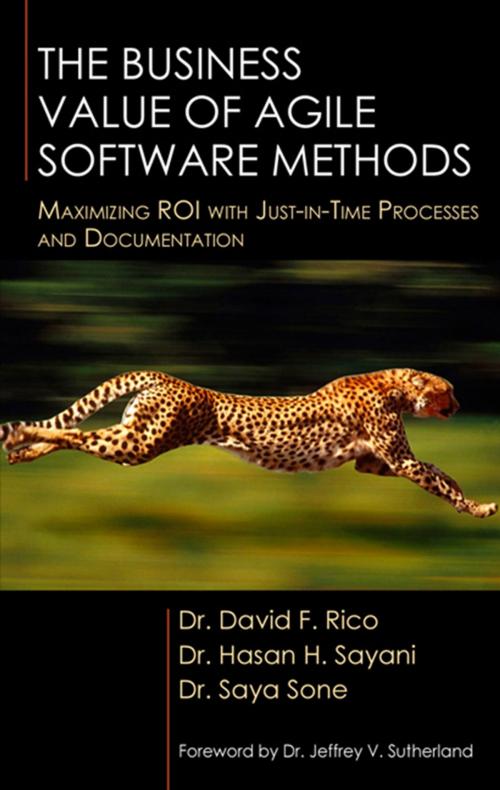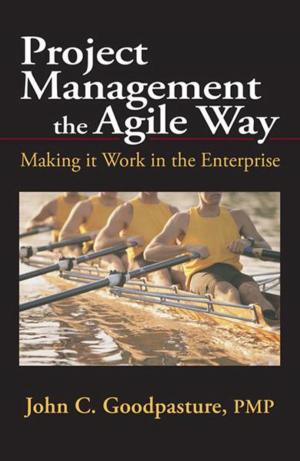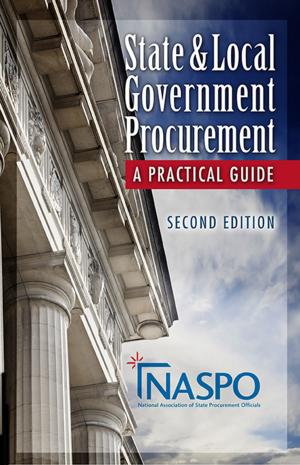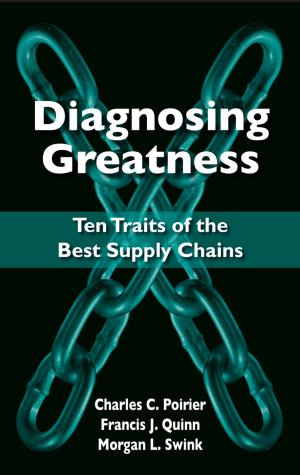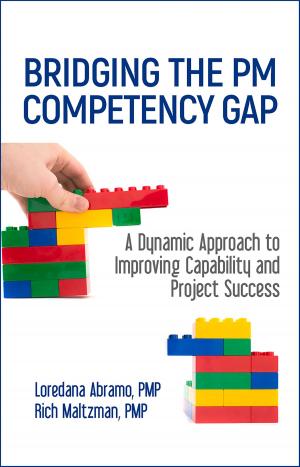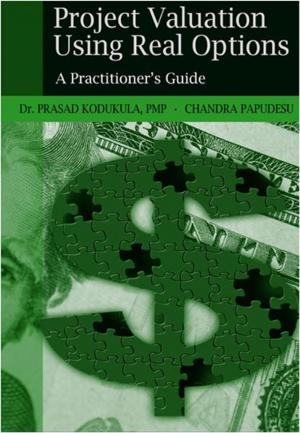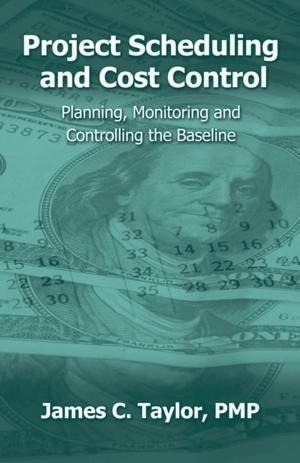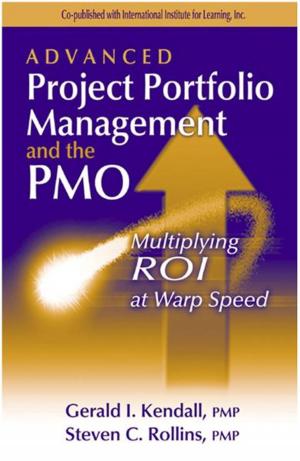The Business Value of Agile Software Methods
Maximizing ROI with Just-in-Time Processes and Documentation
Nonfiction, Computers, Programming, Software Development, Application Software, Business & Finance, Management & Leadership, Management| Author: | David Rico, Hasan Sayani, Saya Sone | ISBN: | 9781604276763 |
| Publisher: | J. Ross Publishing | Publication: | October 15, 2009 |
| Imprint: | Language: | English |
| Author: | David Rico, Hasan Sayani, Saya Sone |
| ISBN: | 9781604276763 |
| Publisher: | J. Ross Publishing |
| Publication: | October 15, 2009 |
| Imprint: | |
| Language: | English |
Whether to continue using traditional cost and benefit analysis methods such as systems and software engineering standards or to use a relatively new family of software development processes known as Agile methods is one of most prevalent questions within the information technology field today. Since each family of methods has its strengths and weaknesses, the question being raised by a growing number of executives and practitioners is: Which family of methods provides the greater business value and return on investment (ROI)? Whereas traditional methods have been in use for many decades, Agile methods are still a new phenomenon and, until now, very little literature has existed on how to quantify the business value of Agile methods in economic terms, such as ROI and net present value (NPV).
Using cost of quality, total cost of ownership, and total life cycle cost parameters, The Business Value of Agile Software Methods offers a comprehensive methodology and introduces the industrys initial top-down parametric models for quantifying the costs and benefits of using Agile methods to create innovative software products. Based on real-world data, it illustrates the first simple-to-use parametric models of Real Options for estimating the business value of Agile methods since the inception of the Nobel prize-winning Black-Scholes formula. Numerous examples on how to estimate the costs, benefits, ROI, NPV, and real options of the major types of Agile methods such as Scrum, Extreme Programming and Crystal Methods are also included. In addition, this reference provides the first comprehensive compilation of cost and benefit data on Agile methods from an analysis of hundreds of research studies.
Using cost of quality, total cost of ownership, and total life cycle cost parameters, The Business Value of Agile Software Methods offers a comprehensive methodology and introduces the industrys initial top-down parametric models for quantifying the costs and benefits of using Agile methods to create innovative software products. Based on real-world data, it illustrates the first simple-to-use parametric models of Real Options for estimating the business value of Agile methods since the inception of the Nobel prize-winning Black-Scholes formula. Numerous examples on how to estimate the costs, benefits, ROI, NPV, and real options of the major types of Agile methods such as Scrum, Extreme Programming and Crystal Methods are also included. In addition, this reference provides the first comprehensive compilation of cost and benefit data on Agile methods from an analysis of hundreds of research studies.
Whether to continue using traditional cost and benefit analysis methods such as systems and software engineering standards or to use a relatively new family of software development processes known as Agile methods is one of most prevalent questions within the information technology field today. Since each family of methods has its strengths and weaknesses, the question being raised by a growing number of executives and practitioners is: Which family of methods provides the greater business value and return on investment (ROI)? Whereas traditional methods have been in use for many decades, Agile methods are still a new phenomenon and, until now, very little literature has existed on how to quantify the business value of Agile methods in economic terms, such as ROI and net present value (NPV).
Using cost of quality, total cost of ownership, and total life cycle cost parameters, The Business Value of Agile Software Methods offers a comprehensive methodology and introduces the industrys initial top-down parametric models for quantifying the costs and benefits of using Agile methods to create innovative software products. Based on real-world data, it illustrates the first simple-to-use parametric models of Real Options for estimating the business value of Agile methods since the inception of the Nobel prize-winning Black-Scholes formula. Numerous examples on how to estimate the costs, benefits, ROI, NPV, and real options of the major types of Agile methods such as Scrum, Extreme Programming and Crystal Methods are also included. In addition, this reference provides the first comprehensive compilation of cost and benefit data on Agile methods from an analysis of hundreds of research studies.
Using cost of quality, total cost of ownership, and total life cycle cost parameters, The Business Value of Agile Software Methods offers a comprehensive methodology and introduces the industrys initial top-down parametric models for quantifying the costs and benefits of using Agile methods to create innovative software products. Based on real-world data, it illustrates the first simple-to-use parametric models of Real Options for estimating the business value of Agile methods since the inception of the Nobel prize-winning Black-Scholes formula. Numerous examples on how to estimate the costs, benefits, ROI, NPV, and real options of the major types of Agile methods such as Scrum, Extreme Programming and Crystal Methods are also included. In addition, this reference provides the first comprehensive compilation of cost and benefit data on Agile methods from an analysis of hundreds of research studies.
